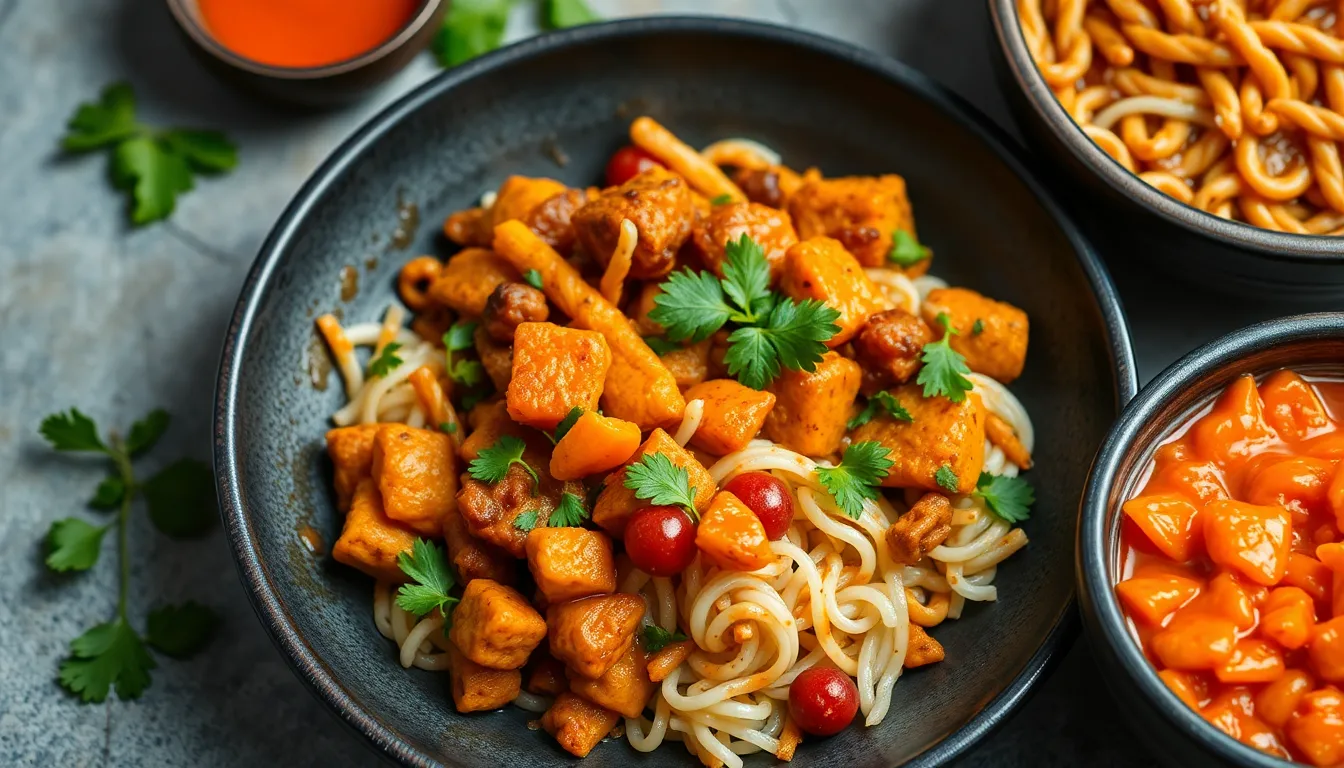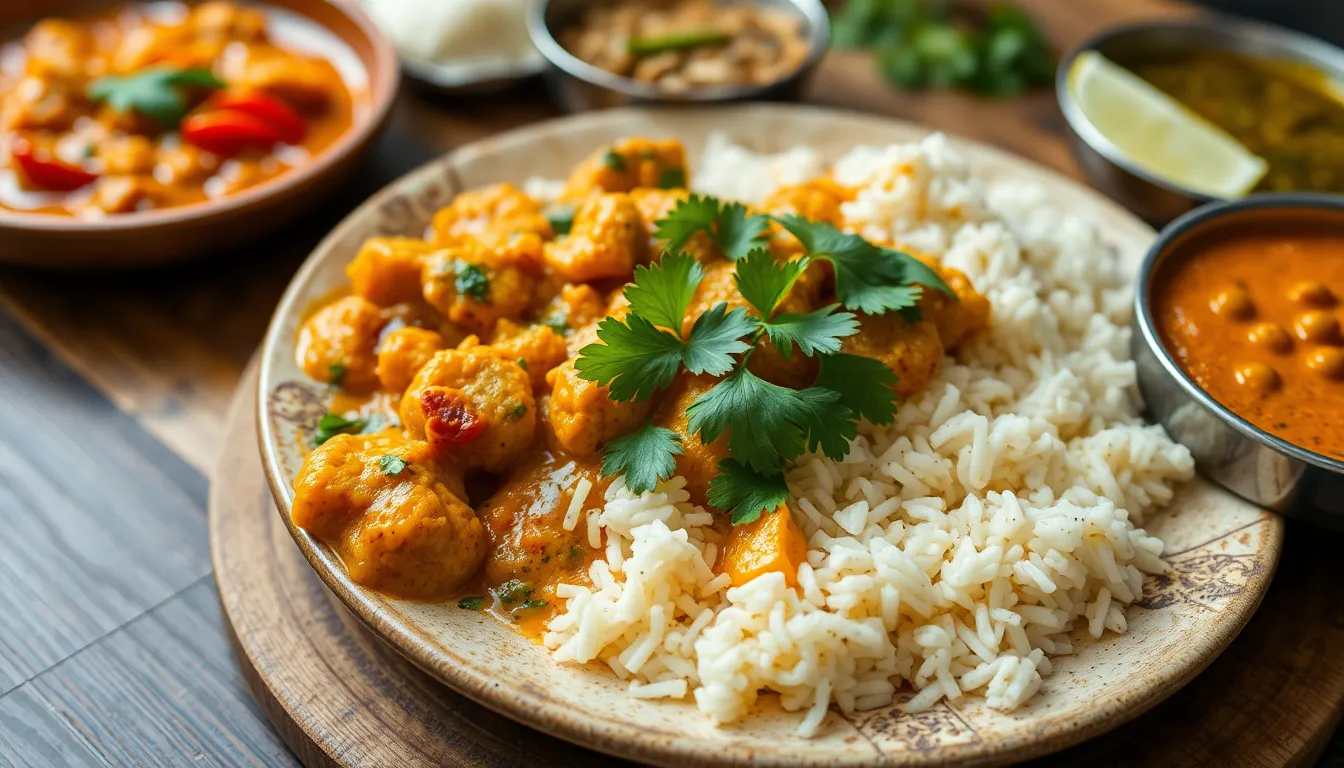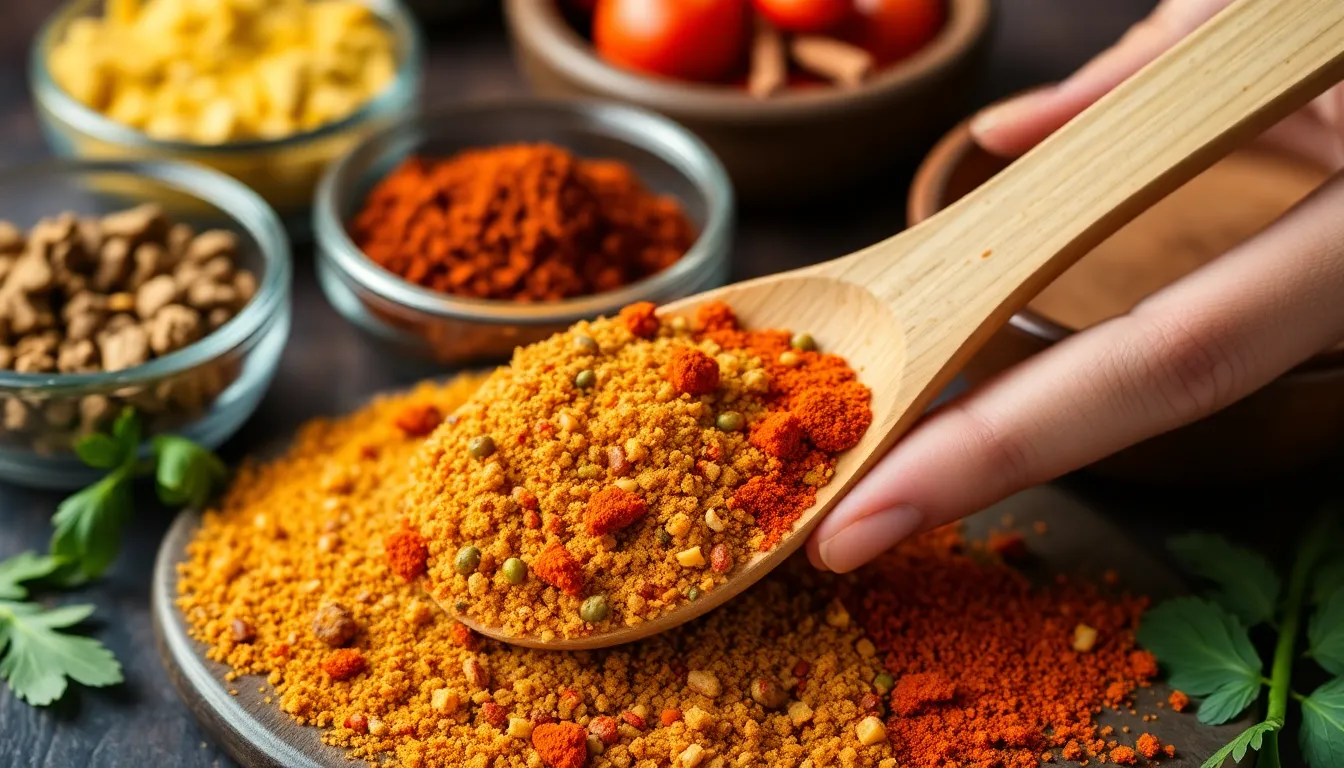Exploring the World of Indian Pickles: Tangy, Spicy, and Delicious!
Introduction
Indian pickles, known as “achar,” are not merely condiments; they are a vibrant part of India’s culinary heritage. These tangy, spicy, and often fiery creations are integral to Indian meals, enhancing flavors and providing a delightful contrast to the main dishes. Their cultural significance runs deep, symbolizing regional diversity and family traditions passed down through generations. In this blog post, we will take you on a flavorful journey through the world of Indian pickles, uncovering the history, exploring various types, and sharing recipes that will inspire you to create your own at home.
The Rich History of Indian Pickles
Ancient Origins
The practice of pickling has ancient roots in India, tracing back thousands of years. Archaeological evidence suggests that pickling was used to preserve fruits and vegetables in clay pots, ensuring food security during off-seasons. It allowed communities to enjoy seasonal produce year-round and played a crucial role in trade.
Regional Variations
India’s vast landscape and diverse cultures have given rise to an array of pickles, each with unique ingredients and preparation methods. From the sweet and sour pickles of West Bengal to the fiery varieties of Rajasthan, the regional differences reflect local tastes, climates, and traditions.
Cultural Significance
Pickles are not just food; they are a significant part of celebrations and rituals. They are often served during festivals, weddings, and family gatherings. In many households, the process of preparing pickles is a cherished family tradition, bringing generations together.
A Flavorful Journey: Types of Indian Pickles
Classic Mango Pickle
Often regarded as the king of Indian pickles, mango pickle is a beloved staple. Made from raw mangoes, mustard oil, and a combination of spices, it embodies the essence of summer.
Lemon and Lime Pickle
This zesty delight is made using lemons or limes, salt, and spices. The sharpness of the citrus combined with the spices creates a mouth-watering pickle that complements a variety of dishes.
Mixed Vegetable Pickle
A delightful medley of seasonal vegetables such as carrots, cauliflower, and green beans, this pickle showcases the diversity of Indian vegetables and offers a unique flavor experience.
Chili Pickle
For those who crave heat, chili pickle is a must-try. Made with green chilies, vinegar, and spices, it adds a fiery kick to your meals, enhancing the overall flavor profile.
Garlic and Ginger Pickle
This savory twist incorporates garlic and ginger, renowned for their health benefits. The combination of these aromatic ingredients creates a pickle that is both delicious and nutritious.
HTML Table: Comparison of Popular Indian Pickles
| Type of Pickle | Main Ingredients | Spice Level | Shelf Life | Best Served With |
|---|---|---|---|---|
| Classic Mango Pickle | Raw mango, mustard oil | Medium | 1-2 years | Parathas, curries, rice |
| Lemon and Lime Pickle | Lemons, salt, spices | High | 1-2 years | Roti, sandwiches, snacks |
| Mixed Vegetable Pickle | Assorted vegetables | Medium | 6 months | Rice, daal, parathas |
| Chili Pickle | Green chilies, vinegar | High | 1 year | Accompanying any main dish |
| Garlic and Ginger Pickle | Garlic, ginger, spices | Medium | 8-12 months | Rice, breads, curries |
The Art of Making Indian Pickles
Essential Ingredients
The foundation of any great pickle lies in its ingredients. Here’s a list of essential components you’ll need:
- Raw fruits or vegetables (mango, lemon, green chilies)
- Mustard oil or vinegar
- Spices (mustard seeds, fenugreek, turmeric, chili powder)
- Salt (preferably rock salt or sea salt)
- Optional sweeteners (jaggery or sugar)
Traditional vs. Modern Methods
While traditional methods often involve sun-drying and fermentation, modern techniques may utilize refrigeration to hasten the process. Let’s explore both:
Traditional Methods
- Sun-drying the fruits or vegetables before mixing with spices.
- Using clay pots to allow for fermentation and enhanced flavor.
Modern Methods
- Refrigeration to retain freshness and prevent spoilage.
- Using sterilized glass jars for storage.
Tips for Balancing Flavors
The perfect pickle strikes a balance between tanginess, spiciness, and sweetness. Here are some tips:
- Start with small batches to experiment with flavors.
- Adjust salt and spice levels according to your taste.
- Allow the pickles to rest for a few days before tasting; this lets the flavors meld.
Health Benefits of Indian Pickles
Probiotics and Digestion
Fermented pickles are rich in probiotics, which are beneficial for gut health. They aid in digestion and promote a healthy microbiome, making them a great addition to your diet.
Nutritional Value
Different pickles offer various vitamins and minerals. For example:
- Mango pickle is rich in Vitamin C.
- Garlic and ginger pickles provide antioxidants and anti-inflammatory properties.
- Lemon pickle is high in vitamin C and supports immune function.
Cultural Wisdom
In Ayurveda, pickles are believed to stimulate digestion and enhance nutrient absorption. The spices used in pickles also have medicinal properties, making them beneficial for overall health.
Pairing Indian Pickles with Meals
Classic Combinations
Indian pickles are best enjoyed with a variety of dishes. Here are some classic pairings:
- Classic Mango Pickle with parathas and curd
- Lemon Pickle with khichdi or plain rice
- Mixed Vegetable Pickle with daal and roti
Creative Uses
Pickles can be used beyond traditional meals. Consider incorporating them into:
- Sandwiches for a zesty twist.
- Salads for an added crunch and flavor.
- Dressings to enhance dips and sauces.
Fusion Ideas
Get creative by blending Indian pickles with international cuisines! Here are some fusion ideas:
- Use mango pickle in a taco filling.
- Mix lemon pickle with hummus for an Indian twist.
- Incorporate chili pickle into a pasta dish for added heat.
Conclusion
Indian pickles are more than just tangy accompaniments; they are a testament to the country’s rich culinary history and diversity. Their ability to elevate any meal, along with their health benefits, makes them a cherished part of Indian cuisine. Whether you’re a seasoned cook or a novice, exploring the world of Indian pickles offers a flavorful adventure that is sure to delight your palate and enrich your culinary repertoire. So gather your ingredients, unleash your creativity, and embark on a journey of tangy, spicy, and delicious flavors!




